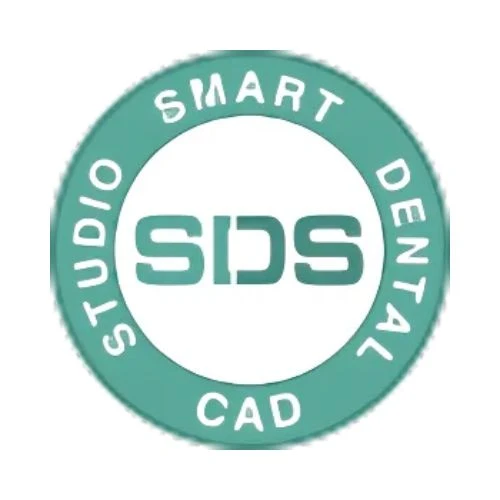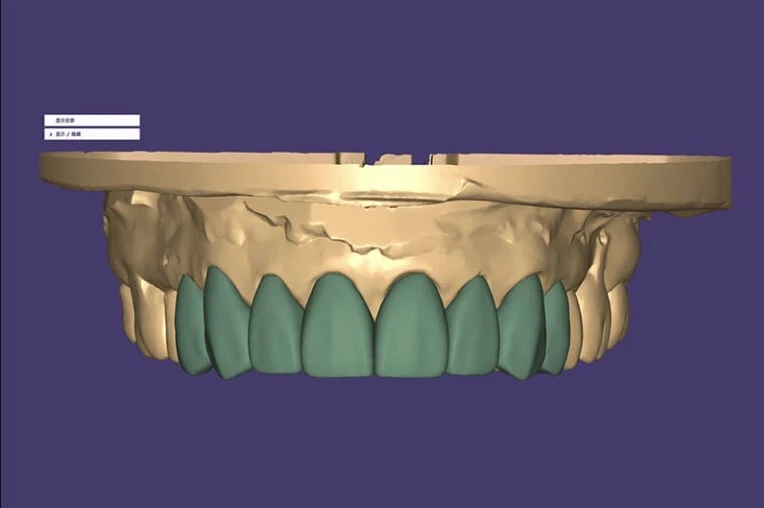In the fast-evolving world of dental technology, accuracy and efficiency are more important than ever. One breakthrough that’s redefining restorative dentistry is dental CAD design. This advanced technology brings digital precision to procedures that were once done manually, offering better outcomes for both dental professionals and patients.
What Is Dental CAD Design?
Dental CAD, or computer-aided design, is a digital tool used to design dental restorations such as crowns, bridges, veneers, and implants. Using high-resolution scans of a patient’s teeth, dental technicians can create 3D models with perfect alignment, bite, and aesthetics. The process reduces the chances of human error and allows for faster turnaround times, which is especially beneficial in busy dental labs and clinics.
Enhancing Accuracy and Efficiency
Traditional methods of designing dental restorations involved multiple physical impressions, manual shaping, and extended timelines. Dental CAD design eliminates many of these steps by digitizing the process. The software allows technicians to simulate the restoration in real-time, tweak minor details with exactness, and send the final model for production—usually with a compatible CAM (computer-aided manufacturing) machine or 3D printer.
Why Dentists Are Making the Switch
For dental professionals, the benefits are clear. CAD systems improve workflow by allowing quick communication between clinics and labs. Changes can be made on the fly, and patient-specific needs can be addressed with precision. This also means fewer chairside adjustments, which translates to more satisfied patients and more efficient use of the dentist’s time.
Better Patient Outcomes
Patients benefit significantly from this technology. With dental CAD design, restorations are more comfortable, accurate, and aesthetically pleasing. The fit is more precise, which reduces the need for refitting or correction. This also minimizes discomfort and leads to longer-lasting results. Many patients don’t even realize their restorations were digitally designed—they simply appreciate how natural and secure the final result feels.
Applications Beyond Restorations
While crowns and bridges are the most common applications, dental CAD design is also used for orthodontic appliances, surgical guides, dentures, and even full smile makeovers. Its versatility makes it a core component of modern dental laboratories and advanced clinical practices.
The Role of Professional Studios
Choosing a professional CAD design service is key to ensuring quality results. Studios like Smart Dental CAD Studio offer expertise in digital workflow and ensure that every design meets industry standards. Their experience with advanced CAD tools and understanding of functional design principles contribute to seamless collaboration with clinics and labs.
Looking Ahead
As dental technology continues to evolve, CAD design will only become more integral to the workflow. The combination of precision, efficiency, and adaptability makes it a must-have in any modern dental practice. It’s not just a trend—it’s the future of restorative dentistry.
By integrating this digital solution into their services, dental professionals can stay ahead of the curve while delivering exceptional care that patients can trust.


